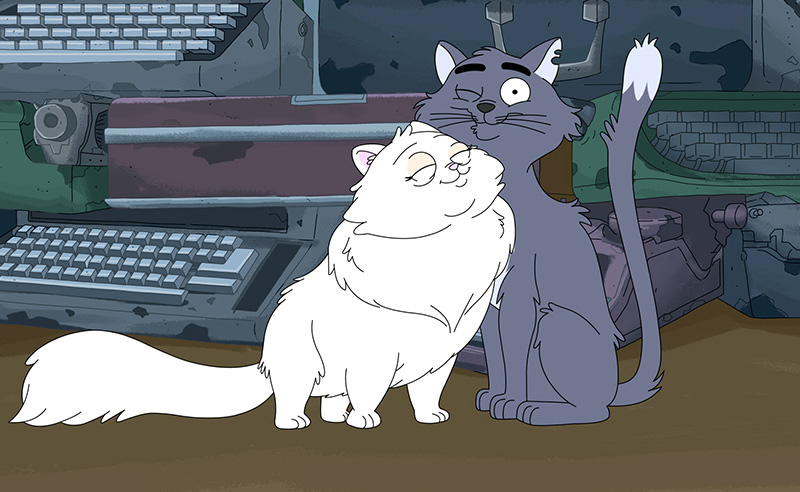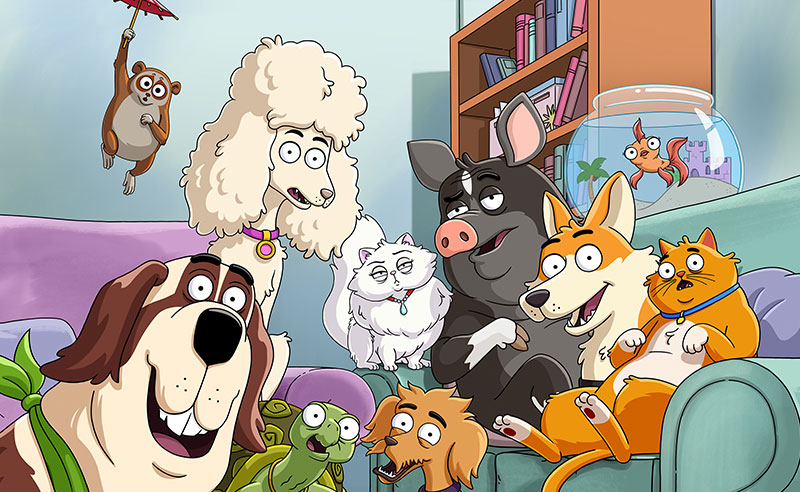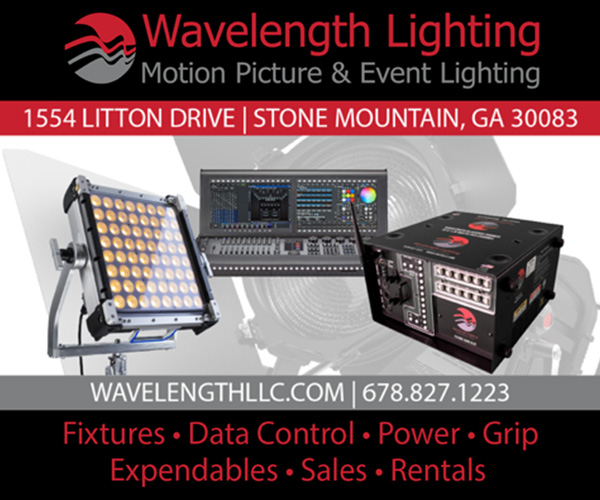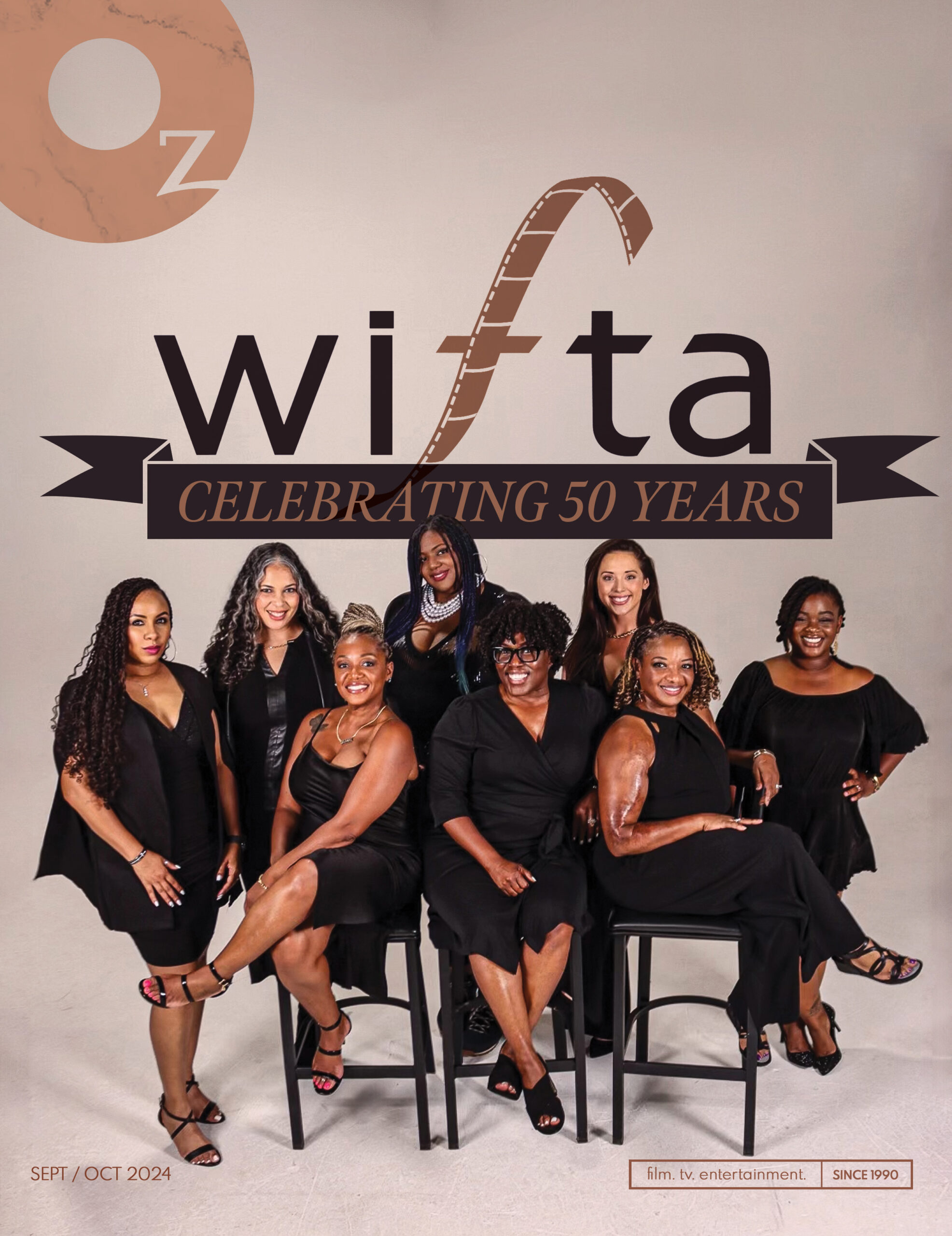
Emmy nominated Animation Director, Jason Shwartz, is responsible for bringing stories to life at Bento-Box, an animation studio based in Atlanta and Los Angeles. He works with dozens of ambitious artists across the entire animation pipeline. Through storyboards, editorial, background design, character design, animation, and composite, Shwartz directly guides artists to animate meaningful stories. In order to better understand the facets that go into making an animation, Oz interviewed Shwartz on a variety of topics, from the research put into conceptualizing an animation to the lifespan of an animation after its distribution.
How do you understand the content before animating?
As a director, reviewing the script and meeting with the writer usually sets us up with a good framework for understanding their desires for the world they have created.
Depending on the network or demographic, we will also review other similar shows or current trends and see if there are certain design elements we can draw from.
Oftentimes I try to find a specific artist’s style, whether in the studio or something that’s inspired me in my life, to help draw out the initial visual language of the piece. Casting and hearing the voices for the animated characters can also help determine the visual look of the character design. Every show has a different visual language and challenge but that’s something our artists excel at!
What research goes into breaking down the ideal demographic?
As we are animators focused on production, that information typically comes from the platforms and/or studios we’re working with.
When researching, what other key details about the topic are relevant before animating?
It’s important to do research before designing and animating a new project. Whatever we create has to feel and look true. If a script takes place in another time or planet or culture, it’s important to spend time researching those things so that it feels authentic on screen. Additionally, a love story is composed, lit, shot and directed completely differently than an action movie. Animators are also filmmakers, and we must be aware of the different tools of filmmaking at our disposal to set the correct tone for the piece.
What software is used to design the animations?
We use a completely digital pipeline at Bento Box, meaning everything is done on the computer. We use Toonboom Harmony for all our animation. We also use Photoshop for design and occasionally Aftereffects for composite work.

What goes into making the animation style?
After we have done our research, we unleash our amazing artists to draw as many sketches of characters, backgrounds, environments and anything else the script may call for. Initially, I open up a wide visual net to see what comes back. This often leads to an unforeseen detail or aesthetic that can end up dictating the style of the show. Once the director has narrowed down the style they will work with a smaller group of artists to create paintings of the major locations in the script. It’s important to use life as a basis, but remember that it’s animated, so we have the ability to warp reality, color, lighting, and design, as we see fit to tell the best story! The director will also work with character artists to design the main characters that need to exist in this world. There needs to be a harmony between both the character design and the background design for the overall look of the show to work. Of course, once all this has been approved by the director, it needs to be sent to the creators and the network for their approval as well.
What are the departmental breakdowns of animation?
As a full-fledged animation studio, we have many departments at Bento Box. We create content from script to screen! We have a storyboard team that takes the script and draws out rough compositions of every shot. They pass those along to our editor who strings them together over time so we can see a rough version of the entire episode. At the same time, our teams of character and background designers are creating the art and design for the show. Once that’s approved our character designs go to our digital set up team. They take the character art and draw it in our animation software and break up all the different parts of the design to make the movement easier for the animators. Then we have the animation department, responsible for bringing the characters to life. We also have an effects team if the show needs water, fire or explosions. All the animation, backgrounds, and effects are then taken by the composite team and assembled together. This composited shot goes back to the editor to cut into the final edit of the episode. Of course we also have a bunch of incredible production staff that makes sure all the designers and artists have the assets they need and stay on schedule and budget!
What decision making goes into developing the final backgrounds and coloring?
As a director, the most important thing in any shot is to ask yourself, “What’s the emotional or comical or driving force of this moment in the film?” All our background compositions, lighting, framing, and color should compliment and push the answer to that question. The way the camera is placed, the colors of the walls, the amount of detail in the foreground, each of these things is a choice the background artists must make to drive the significance of the story. There are an incredible amount of decisions to make in every background, and each episode has hundreds of backgrounds!

What are the post production steps?
In post production we tighten the picture edit, add sound and music effects and mix all the audio so it sounds like everything exists in the same space. There is also some color correction work done.
What determines how the animations will be distributed?
This depends on the platform. How, when and where series are distributed is determined by the platform and each shows’ owner.
Does the lifespan of the animation affect how much work goes into creating the final product?
With the internet and the ability to stream on demand, the lifespan of animation has infinitely expanded. Shows, for the most part, will be available on a platform forever. The best shows definitely will be on forever. Any work we create can be rewatched over and over and over again so the entire design and animation team work tirelessly on every production. Certainly there are time and budget constraints but our goal is always to create something unique and visually exhilarating to watch! If we have done our job, you’ll want to watch it over and over again!






